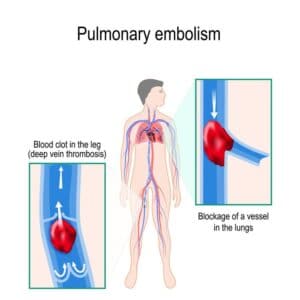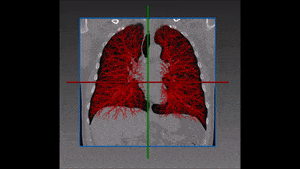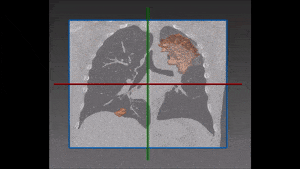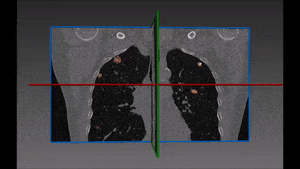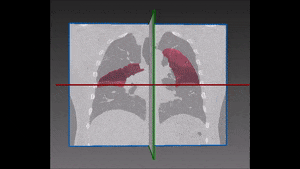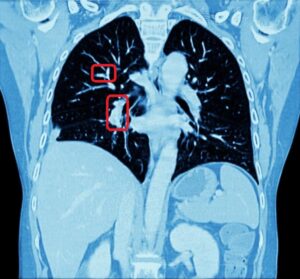.
Automatic Airways Segmentation with Deep Learning
One client requested our help to automatically segment images of the pulmonary system. This lung segmentation should include blood vessels, the lower respiratory tract and pulmonary vasculature.
Our scientists wrote software built on advanced segmentation techniques brought to light with the Deep Learning revolution which affects also the area of medical segmentation: this software offers an efficient segmentation of the airways and pulmonary vasculature, replacing previous classical computer vision techniques, which allowed only for a semi-automated airways segmentation, requiring several iterations to find the initial seed point. Using deep learning, we have now a fully automated solution, able to automatically detect all airways, with no need for external intervention.
Thanks to more sophisticated deep learning techniques and more powerful processing units, user does not need to refine the results: using GPUs, more accurate results are provided by our software in a lapse of time which is much quicker than before. In order to do this, neural networks go through complicate processes to detect and identify features and points of interest using the context to understand what needs to be found in the image. To this effect, computations are complex and newly available GPUs are key to have this done in a faster time. The basic architecture of the algorithm is quite simple: a series of filters, the mathematics of which are all identical. They gain speed by being processed in parallel by the multiple processors found in the GPU.
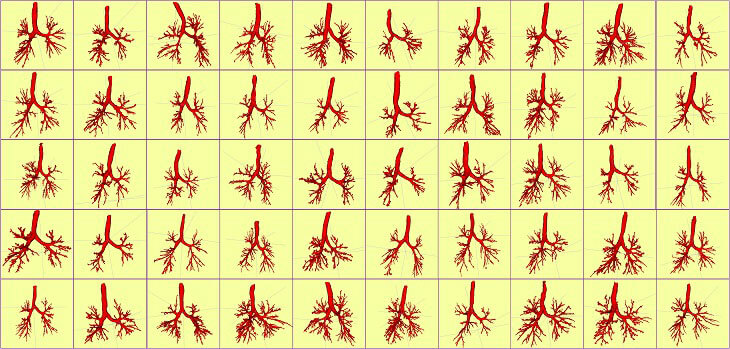
In recent advancements, RSIP Vision is leveraging reinforcement learning and generative models to further enhance airway segmentation. These cutting-edge techniques offer superior adaptability, enabling AI algorithms to segment even the most complex and variable airway structures with increased accuracy. Additionally, by incorporating real-time data processing, these models significantly improve the efficiency of medical workflows, providing clinicians with faster, more reliable insights. As AI evolves, these advancements continue to push the boundaries of what’s possible in airway imaging and medical diagnostics.
Better monitoring is direly needed today to reduce the dramatically high mortality rate from lung pathologies. The airways segmentation solution which RSIP Vision delivers is a major contribution to help the medical profession giving earlier and better answers to major lung diseases.

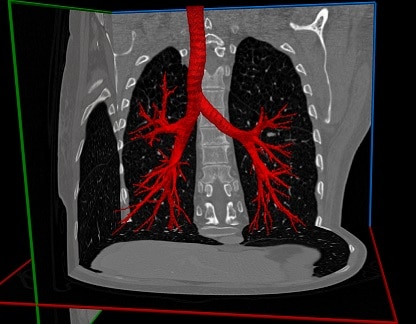
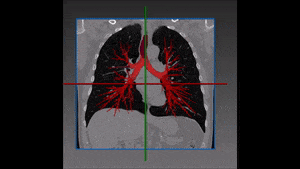
 Pulmonology
Pulmonology